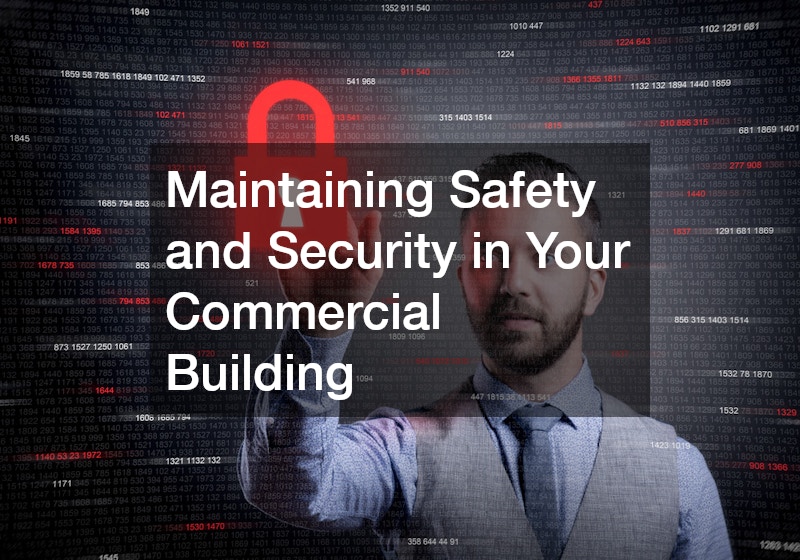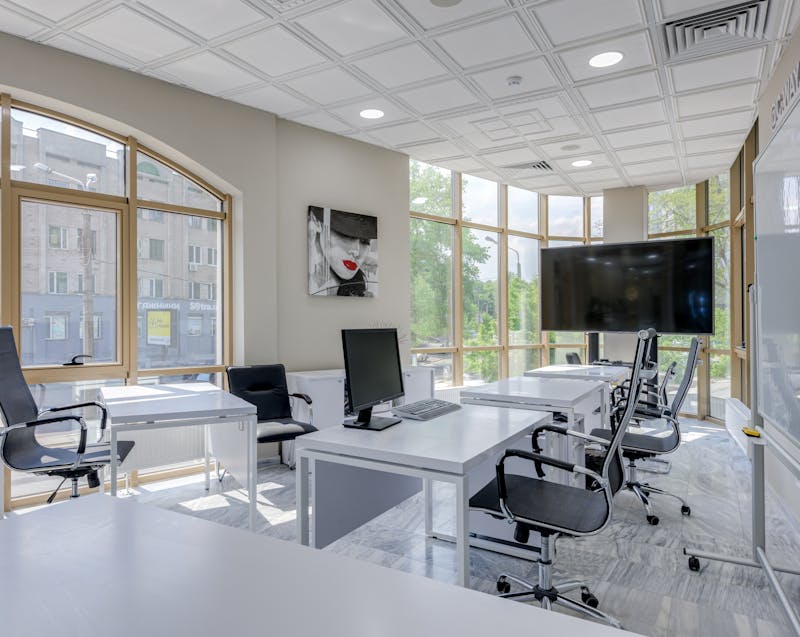• Slips, trips, and falls are the most common workplace accidents, which can be prevented by having clean and dry floors, slip-resistant mats, fixing uneven surfaces, and more.
• Musculoskeletal injuries are caused by repetitive motions, lifting heavy objects, and improper posture.
• Machinery accidents can be fatal due to faulty equipment or lack of training.
• Electrical accidents may cause severe burns or electrocution; safety regulations should be followed with all electrical equipment to reduce this.
• Fire accidents require a fire safety plan, including drills, storage precautions for flammable materials, and employee training on fire safety.
As a business owner, you are responsible for ensuring that your workplace is safe and hazard-free for your employees. Unfortunately, accidents can still happen and have severe consequences for your employees and business.
Workplace Accidents in the U.S.
Workplace accidents are quite common in the U.S. There are estimated to be over two million workplace accidents in 2021. This number could increase now that more people are going back to work. Here are some of the most common workplace accidents in the country and how to deal with them:

Slips, Trips, and Falls
Slips, trips, and falls are the most common workplace accidents, accounting for 25% of all workplace injuries. Most slips and falls occur due to wet or slippery floors, uneven surfaces, or cluttered work areas.
To prevent these accidents, keep your floors clean and dry, use slip-resistant mats, fix uneven surfaces and stairs, and ensure all walkways and work areas are clutter-free. Moreover, if you’re in the construction industry, you should get your fall protection equipment inspected. An OSHA fall protection service can do this for you. They can check the equipment and ensure it meets safety standards.
Musculoskeletal Injuries
Musculoskeletal injuries such as sprains, strains, and back injuries are common, accounting for a decent chunk of workplace injuries.
These types of injuries can occur due to repetitive motions, awkward postures, lifting and carrying heavy objects, and using improper lifting techniques. To prevent these injuries, provide your employees with ergonomic workstations, train them on the proper lifting techniques, and encourage frequent breaks and stretching throughout the workday.
Machinery Accidents
Machinery accidents are among the most serious workplace accidents, accounting for 14% of all workplace fatalities. These accidents occur due to faulty or poorly maintained machinery, lack of training, and non-compliance with safety procedures. To prevent machinery accidents, make sure that your employees are trained on the proper use of machinery, conduct regular maintenance and inspections of your equipment, and ensure that your machinery is up to date with safety regulations.
Electrical Accidents
Electrical accidents can cause severe burns, electrocution, and even fatalities. These types of accidents occur due to faulty electrical equipment, improper wiring, and lack of training in electrical safety. To prevent electrical accidents, ensure that all electrical equipment is up to date with safety regulations, provide your employees with training on electrical safety, and ensure that only qualified personnel conduct electrical work.
Fire Accidents
Fire accidents can cause severe injuries and fatalities and can also lead to extensive property damage. These types of accidents occur due to a lack of fire safety procedures, faulty electrical equipment, and improper storage of flammable materials. To prevent fire accidents, ensure that your workplace has a fire safety plan, conduct regular fire drills, properly store flammable materials, ensure that electrical equipment is up to date with safety regulations, and provide your employees with training on fire safety.
Prevention
Prevention will always be better than cure when it comes to workplace accidents. The key is to create a safe and hazard-free environment for your employees. Here are ways to do that:

Railings
Your office should have railings in areas at risk of slips or falls, such as staircases and balconies. These will help to prevent accidental slips and falls. These railings should be made of sturdy materials and should be regularly inspected for any signs of wear and tear.
Signs
Have visible signs in your workplace to remind employees to take safety precautions. This can include reminders about the proper use of machinery, wearing protective gear, working in pairs on certain tasks, etc.
Protective Clothing and Gear
Ensure that your employees wear the appropriate clothing and gear when working with potentially hazardous material or equipment. For example, if your employees are dealing with chemicals or heavy machinery, they should wear safety goggles, gloves, and other protective gear.
Training
Regularly train your employees on workplace safety protocols, so they know what to do in an emergency. Ensure that all new hires receive the same level of training and that refresher courses are provided to existing staff.
You can also hold regular safety meetings to discuss accident prevention and safety protocols.
By following these steps, you can create a safe environment for your employees and reduce the risk of accidents in your workplace. Accidents don’t have to mean a complete disaster—with the proper precautions, you can prevent them from happening in the first place.





